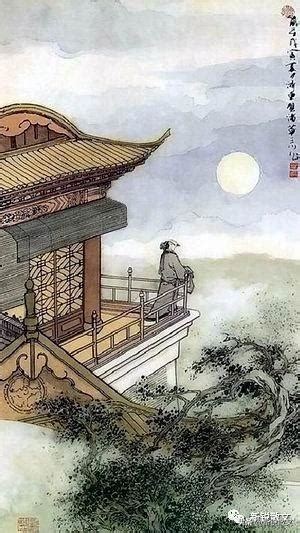Exploring Love and the Moon in British Poetry
British poetry has a rich tradition of exploring themes of love and the moon. Throughout history, poets have been inspired by the beauty and mystery of the moon, using it as a symbol of love, longing, and romance. Let's delve into some of the notable examples of how British poets have depicted love and the moon in their works.

Shakespeare, often regarded as the greatest playwright and poet in the English language, frequently used the moon as a symbol of love in his works. In "A Midsummer Night's Dream," the character of Romeo famously declares, "It is the east, and Juliet is the sun." This metaphor not only highlights the intensity of Romeo's love for Juliet but also juxtaposes the brightness of the sun with the softer, more romantic light of the moon.
Lord Byron, a leading figure in the Romantic movement, also explored themes of love and the moon in his poetry. In his work "She Walks in Beauty," Byron describes a woman's beauty as being as "clear, calm, and bright" as the moon. This comparison not only emphasizes the woman's physical beauty but also suggests a sense of purity and ethereality associated with the moon.
John Keats, another prominent Romantic poet, frequently used the moon as a symbol of unattainable beauty and transcendent love. In his poem "Bright Star," Keats addresses a star as a symbol of his enduring love for his beloved. The star, like the moon, represents a distant and eternal source of light and inspiration in the darkness of night.
Emily Brontë, best known for her novel "Wuthering Heights," also wrote poetry that explored themes of love and the moon. In her poem "Stars," Brontë describes the stars as "the eyes of God" that watch over lovers. This celestial imagery conveys a sense of divine presence and eternal love that transcends earthly boundaries.
British poetry has a long tradition of using the moon as a symbol of love, longing, and romance. From Shakespeare to Byron, Keats to Brontë, poets have drawn inspiration from the beauty and mystery of the moon to explore the depths of human emotion and the transcendent power of love. By delving into these works, readers can gain a deeper appreciation for the ways in which poets have captured the essence of love and the moon in their verses.
